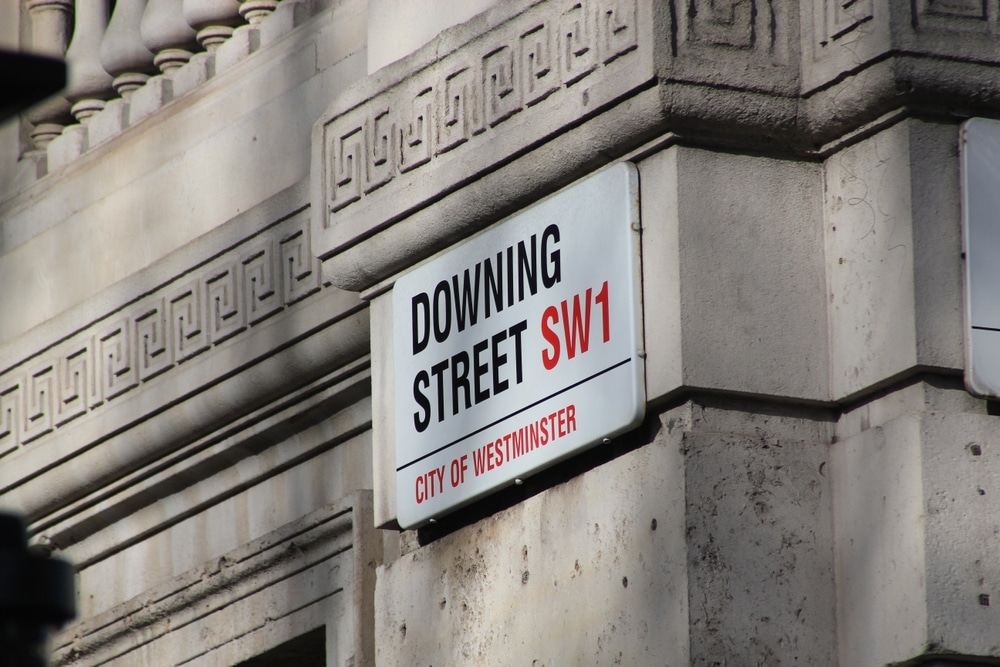The mortgage market is “shifting up a gear”, with mortgage applications up 22.7% year-on-year in September, a report has said.
According to Stonebridge’s Mortgage Market Briefing, mortgage rates have also been improving, with the average mortgage rate down 32 basis points on last year to 4.4%. This is equal to around £432 in annual savings compared to 12 months ago.
The average loan size ticked up 0.9% over the same period to £197,440.
Rob Clifford, chief executive of Stonebridge, said the figures show the mortgage market is “shifting up a gear”, with the rise in applications a “clear sign that confidence is returning, even in the face of wider economic headwinds”.
He noted that a “big driver” is the fall in rates from their recent peak, and while the Bank of England “remains cautious” on the future path of interest rates, current levels appear “low enough to spur borrowers back into action”.
“Coupled with the large number of loans due to mature in 2025, that should help underpin activity through the remainder of the year,” Clifford noted.

Aldermore Insights with Jon Cooper: Edition 1 – Downing Street Roundtable
Sponsored by Aldermore
The report found that the average loan to value (LTV) dipped to 57.5%, which is down from 58.7% in the last month.
Clifford said this shows that borrowers are putting down larger deposits, even if only modestly, to secure cheaper rates.
“While mortgage rates have eased over the past year, they remain elevated in historic[al] terms, so households are understandably looking to reduce their monthly repayments.
“With the mortgage guarantee scheme now permanent and lenders offering more flexible terms, conditions for first-time buyers are gradually improving. If more buyers are able to get on the property ladder, we could see average LTVs edge up over time.
“That, in turn, may spark greater competition among lenders at the higher-LTV end, helping to bring rates down for those with smaller deposits,” he added.
Fixed rates dominate mortgage product choice
Looking at product choice, 95.4% of borrowers in September selected a fixed rate, which is 1% down on last year.
“The dominance of fixed products tells us that, even with rates drifting lower, borrowers still prize certainty. But the picture isn’t quite as one-sided as before. The slight year-on-year dip suggests some households – even if they remain a tiny minority – are willing to take a chance on a variable deal to take advantage of future rate cuts, should they arrive,” Clifford said.
He noted that the Bank of England’s caution around further rate cuts could have “dampened” the appeal of variable rate mortgages, but this could change if policymakers indicate that they are “becoming more dovish in response to persistently weak economic growth”.
Nearly two-thirds – 64% – of fixed rate loans were for three years or fewer, a rise from 56% last year.
Clifford said this was a “sizeable shift, and it shows how people are keeping their options open in an uncertain environment”.
“With talk of recession growing louder and business confidence at record lows, many households appear to be hedging their bets. If the Bank of England is forced to cut rates more sharply to support the economy, shorter fixes give them more flexibility to benefit from falling borrowing costs.
“It’s clear that in today’s market, short-term fixes are increasingly seen as the middle ground between security and flexibility,” he said.
Repayment mortgages are also dominant at 81%, with the remainder interest-only deals. This is in line with last year.
“Looking ahead, potential changes to FCA rules – particularly around whether the sale of a property could be recognised as a valid repayment method – may broaden the appeal of interest-only. That would mark a notable development and would provide more options for borrowers, such as first-time buyers, to get onto the housing ladder,” Clifford noted.
Remortgage activity makes up two-thirds of mortgage applications
Around 62% of applications were for remortgage purposes, an increase from 57% a year ago.
Purchase applications accounted for 38% of applications, slightly down from 43% in September last year.
Clifford said the increase in remortgages “doesn’t necessarily point to a weak purchase market; rather, it underlines just how strong the refinancing wave has become”.
He continued: “According to UK Finance, around 785,000 borrowers refinanced in the first half of the year, with 1.6 million fixed rate deals due to mature before the year is out – and even more rolling off in 2026. Against that backdrop, it’s no surprise that remortgage demand is outweighing purchases.
“With interest rates set to remain where they are for the foreseeable future, those that have been waiting on the sidelines may be tempted into action rather than waiting for a reduction in borrowing costs that may never appear. Therefore, it’s likely that refinance cases will continue to dominate the market for the rest of the year at the very least.”

